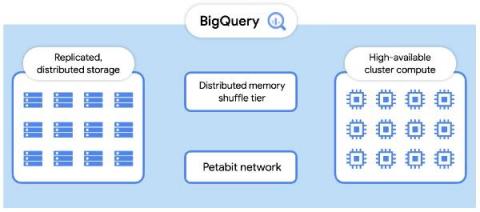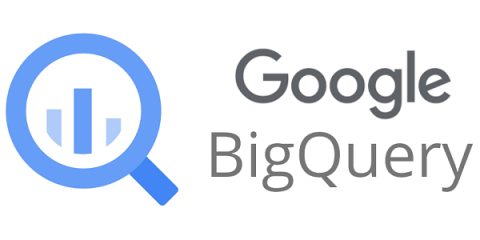BigQuery Admin reference guide: Query processing
BigQuery is capable of some truly impressive feats, be it scanning billions of rows based on a regular expression, joining large tables, or completing complex ETL tasks with just a SQL query. One advantage of BigQuery (and SQL in general), is it’s declarative nature. Your SQL indicates your requirements, but the system is responsible for figuring out how to satisfy that request. However, this approach also has its flaws - namely the problem of understanding intent.











